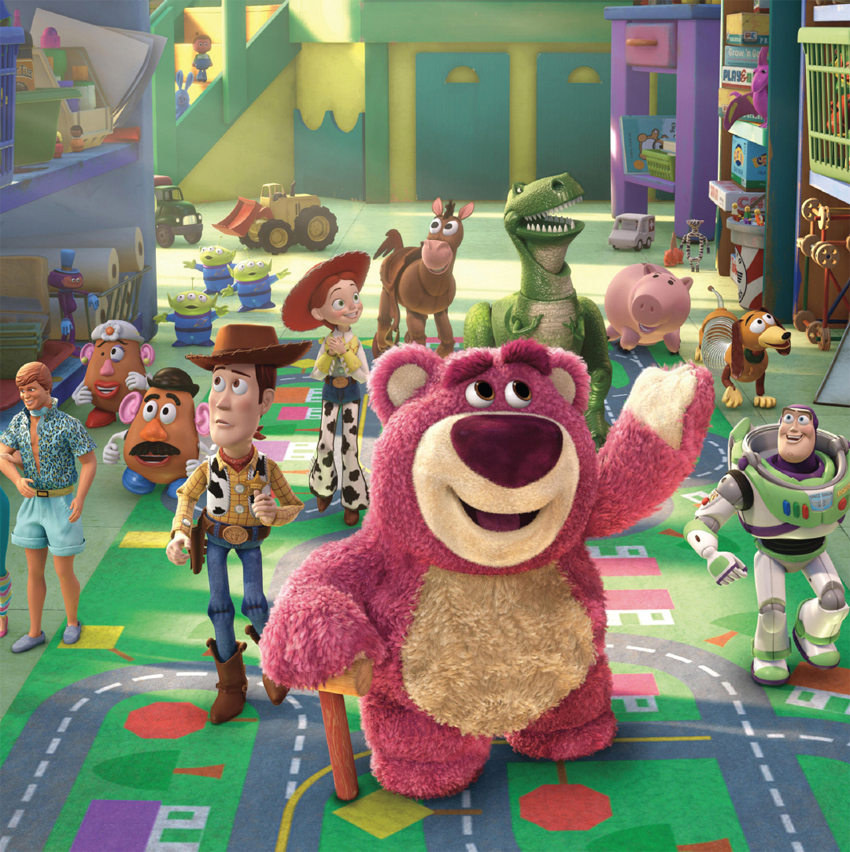Chapter 11
In a cabin called Poet’s Loft50 miles north of San Francisco, a group of filmmakers brainstorm ideas for a movie plot. After two days of debates and discarded suggestions, they settle on a single question: How would the toys feel if Andy, their owner, left for college? (Lehrer, 2010). This simple premise would guide the team from Pixar Animation Studio over the next three years while making the movie Toy Story 3.
Since Pixar released its first feature-length animated film (the original Toy Story in 1995), the company has produced a string of critically and commercially successful films, including Finding Nemo, The Incredibles, Wall-E, and Up. As other major studios lose money on the majority of their films, Pixar cranks out blockbuster after blockbuster, averaging revenues of over $550 million per film and grossing over $7.2 billion total worldwide (Lehrer, 2010; The Walt Disney Company, n.d.). How does the company do it? By turning over insightful story ideas to small groups of dedicated, talented employees who then work together to produce films that capture the hearts and imaginations of children and adults alike.
Whereas most animation studios rely on freelance artists to develop movies, Pixar cultivates employee teams that work together year after year on different projects. According to Ed Catmull (2008), Pixar cofounder and president, the company’s commitment to ongoing teams is integral to the studio’s success because it “construct[s] an environment that nurtures trusting and respectful relationships and unleashes everyone’s creativity. If we get that right, the result is a vibrant community where talented people are loyal to one another and their collective work, [and] everyone feels that they are part of something extraordinary.”
Everyone who works on a Pixar film—illustrators, animators, producers, technicians, directors, and more—is responsible for some part of the creative effort. When all team members have a stake in the success of the film, they are more likely to support one another, provide useful feedback, and come together to help solve problems.
Even the Pixar campus layout fosters such collaboration. The late Steve Jobs, a Pixar cofounder, insisted on designing spaces where people could easily meet and interact. He knew “that the real challenge of Pixar was getting people from different cultures—computer scientists and cartoonists—to work together, to really collaborate” (NPR Staff, 2012). The result is Pixar’s large, central atrium, which contains employees’ mailboxes, the company’s meeting rooms, the cafeteria, the coffee bar, and even the main bathrooms. According to Brad Bird, director of The Incredibles and Ratatouille, “The atrium initially might seem like a waste of space . . . But Steve realized that when people run into each other, when they make eye contact, things happen” (Lehrer, 2011).
Thanks to its commitment to teamwork in everything from the original idea for a movie to the layout of its buildings, Pixar consistently produces innovative films that set new standards for technical, creative, and financial success. In the case of Toy Story 3, the group’s collaborative effort resulted in a movie that won Academy Awards for Best Animated Feature and Best Original Song in 2011, and is the top- grossing animated film of all time.

Pixar is not the only company to score great successes by using small groups (or teams, as they are often called in the workplace) to conduct its business. Most businesses rely on small groups and teams to manage key assignments and tasks, including designing smartphone apps (product development), developing customer satisfaction surveys (customer relations), creating presentations about new products (sales), and organizing sponsorships of local charity events (marketing) (Kozlowski & Bell, 2003). Yet small groups aren’t limited to the workplace; they exist in many different areas of your life. For instance, you might meet with your family to decide where to go on vacation next year, or work with a group of classmates on a school project. Maybe you’re part of a homeowners association or a town council. In all of these cases and countless more, you are communicating in small groups. To generate the most value from these experiences, you need to know how small groups operate and how to best communicate within them. In this chapter, you’ll learn:
- The defining characteristics and various types of small groups
- How effective small groups communicate
- How individual characteristics affect small groups
- Ways to address the challenges of participating in virtual small groups